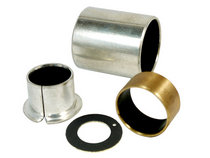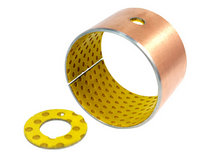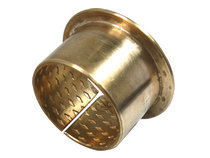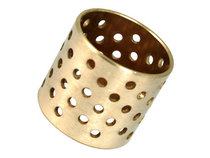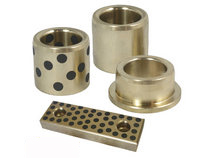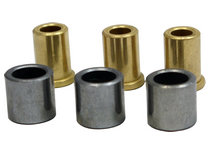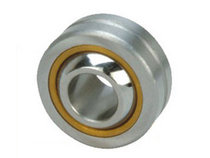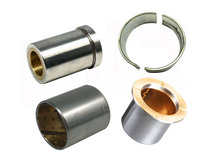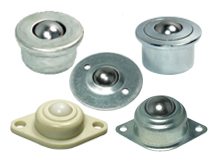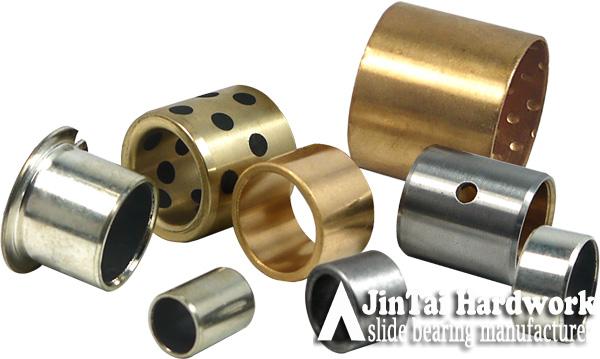A thrust bearing is a particular type of rotary rolling-element bearing. Like other bearings they ... They are often used together with radial spherical roller bearings. Spherical roller thrust bearings offer the highest load rating density of all thrust ...
What's the Difference Between Bearings? - Machine Design
The load acted upon a bearing is either a radial or thrust load. Depending on the location of the bearing in the mechanism, it can see all of a ...
Bearing load scenarios; angular contact, radial contact, four point ...
Radial and axial (thrust) loads. Bearings support a shaft or housing to permit their free motion about an axis of rotation. Load can be applied to bearings in either ...
General Types of Bearings and How They Work - ThomasNet
However, not all loads put force on a bearing in the same manner. There are two different kinds of loading: radial and thrust. A radial load, as in a pulley, simply ...
Ball Bearings - Roller Bearings - Thrust Ball Bearings - Thrust Roller Bearings
What is the difference between radial load and thrust load? - Quora
Radial and axial (thrust) loads Bearings support a shaft or housing to permit their free motion about an axis of rotation. Load can be applied to ...
Spherical Roller Thrust Bearings | Products | The Timken Company
Type TSR spherical roller thrust bearings are designed to achieve a high thrust ... position, accommodate high thrust loads and support moderate radial loads.
[PDF]Timken Thrust Bearings Catalog
Timken offers a range of radial, thrust and angular contact ball bearings in both metric and inch sizes. Please contact your Timken engineer for detailed informa-.
Types of Bearings - How Bearings Work | HowStuffWorks
They are found in everything from inline skates to hard drives. These bearings can handle both radial and thrust loads, and are usually found in applications ...
Thrust vs. ball bearings: What's the difference? - HeliFreak
Ball bearings (correctly called radial bearings, smaller and larger ring with balls in between) are designed for radial forces and can only take ...


